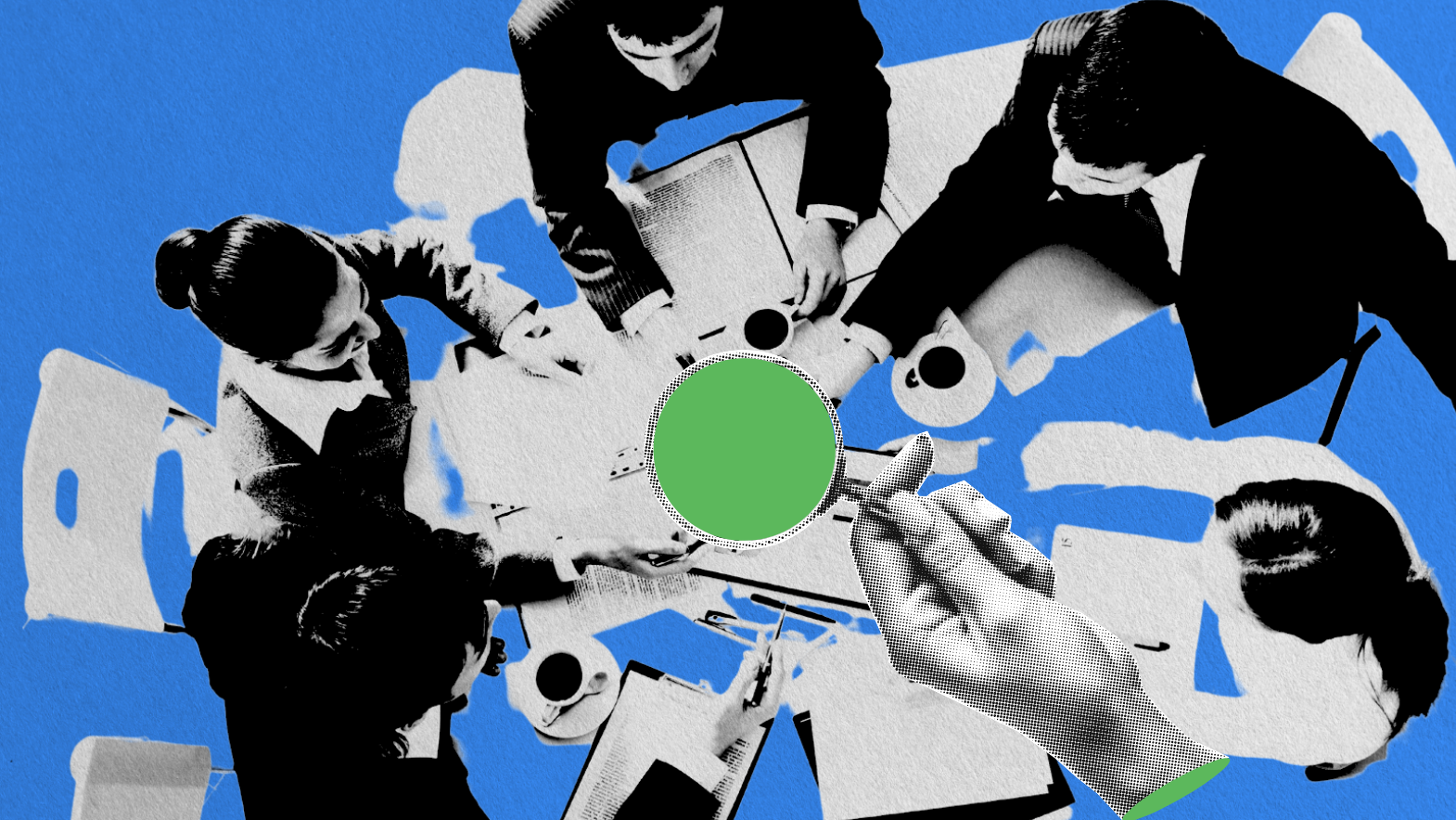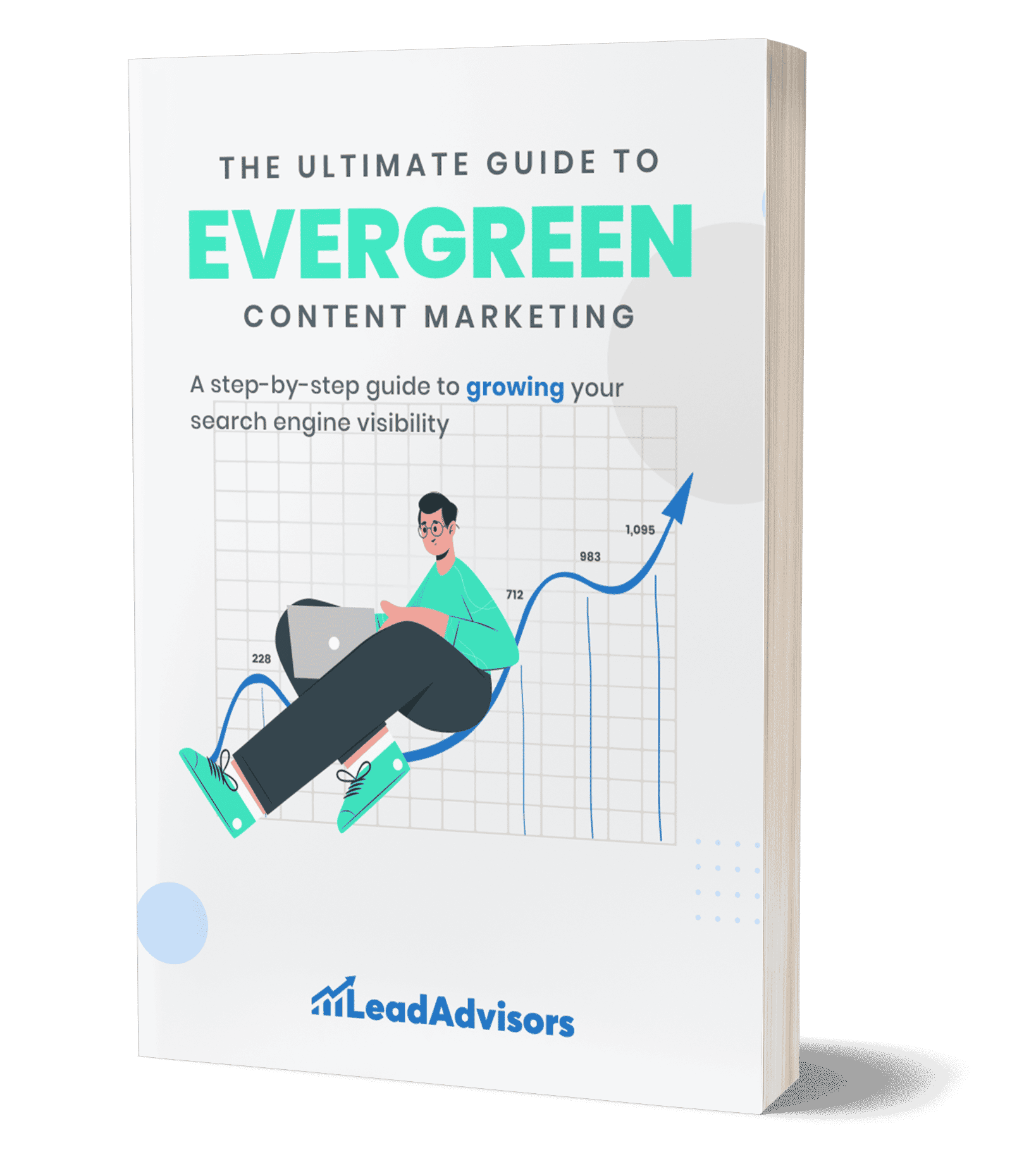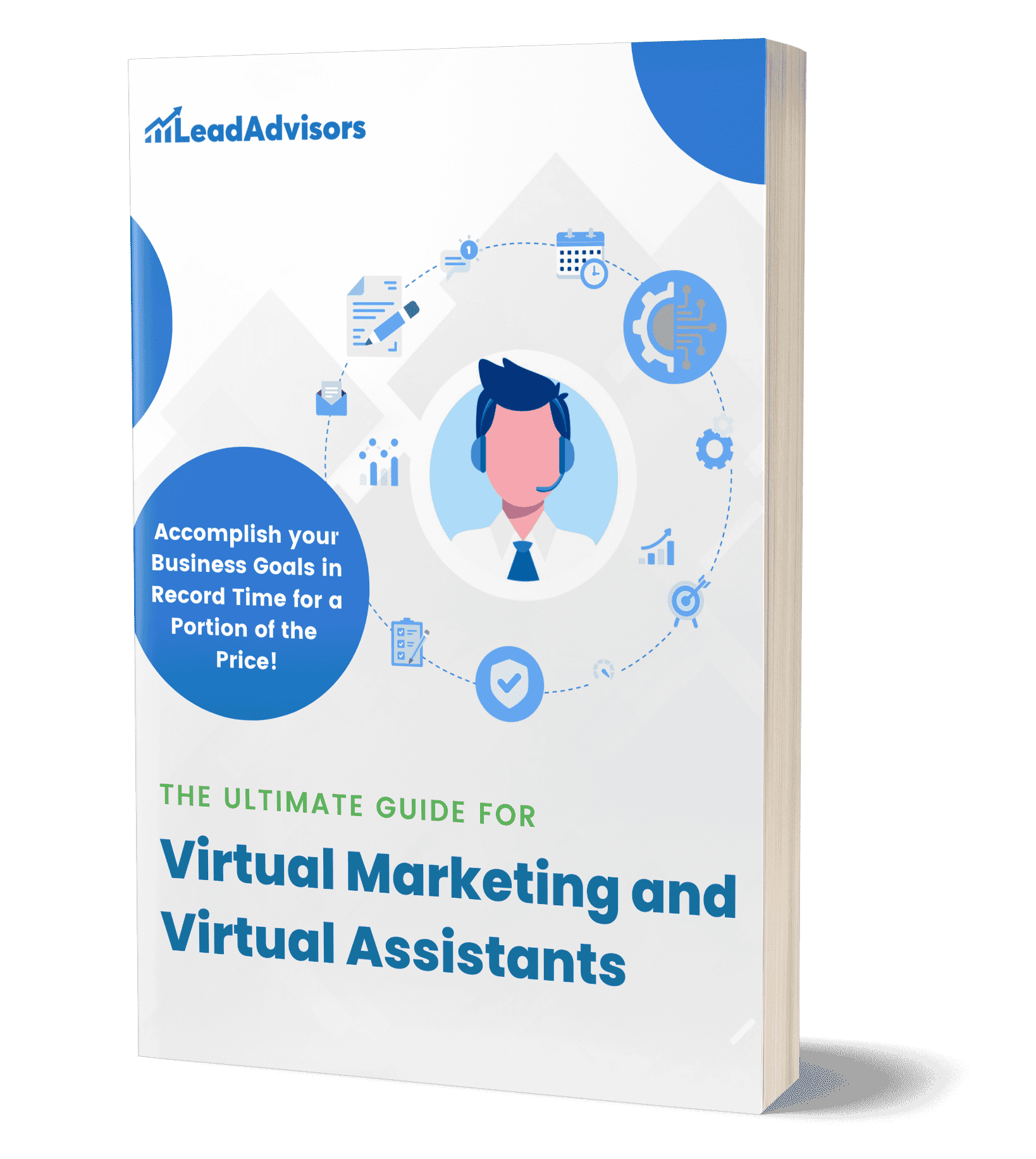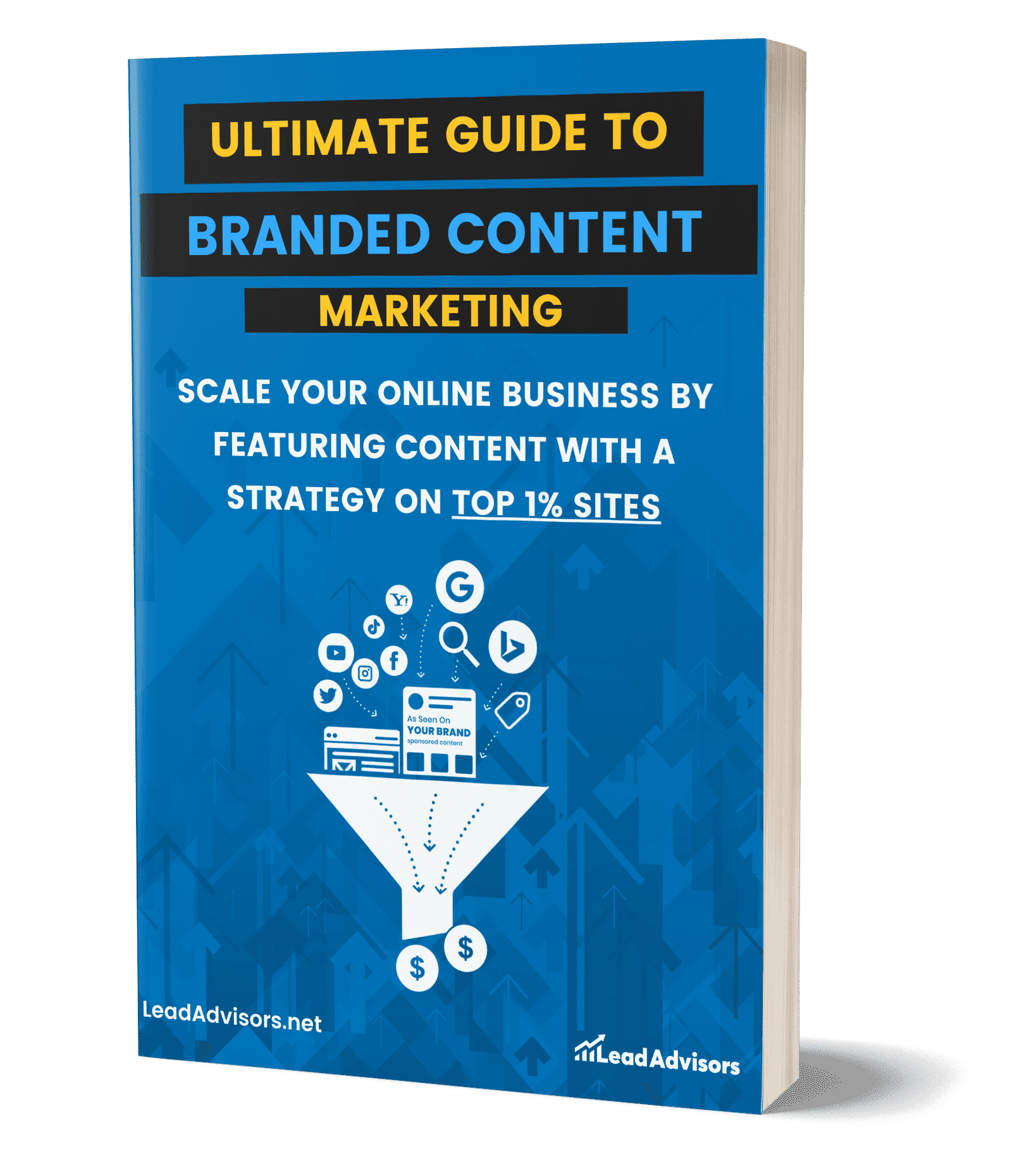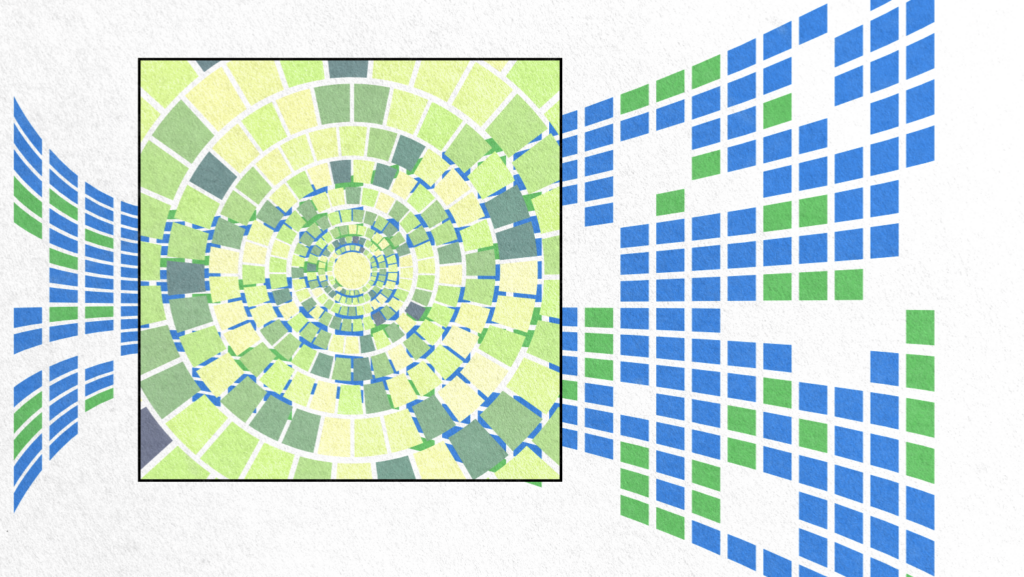A strong customer acquisition plan is the lifeblood of any growing business. These days, getting customers is not only hard but also becoming more expensive. Honestly, the vast majority of companies spend time and money chasing sparkly tactics without a long-term plan.
So, what are we really talking about here? Customer acquisition is nothing more than how we attract new customers – how we move people from “just looking” to actually buying.
But, with high competition and rising customer acquisition costs (CAC), it’s no longer enough just to run ads or post on social media. You need a clear path: who you’re targeting, how you’ll reach them, and what will convince them to stick around.
That’s where this guide comes in. I’ll walk you through how to build a smart, results-driven, and successful customer acquisition strategy – one grounded in growth marketing principles that drive sustainable business expansion.
So whether you’re just getting started with your business growth and find yourself merely dabbling with content, or you’re trying to fine-tune what is already working, you’ll have actionable advice to attract, convert, and retain the right customers without breaking the bank.
Build the Foundation: The 4 Pillars of a Winning Acquisition Strategy

You need a strong foundation for your solid customer acquisition strategy before you start exploring channels, ads, or campaigns. I learned the hard way that jumping straight into tactics without clarity on these four essentials usually results in wasted marketing costs and a lot of head scratching.
Here’s how I now break it down:
1. Vision
Begin with the broader picture: What are you ultimately trying to accomplish? Is it growth, greater profit, increased reach, or customer love?
Your acquisition strategy should be aligned with your business model and stage in the lifecycle, whatever the objective. I’ve discovered that younger brands tend to be more customer acquisition-focused and that older ones transition to concentrating on getting the most out of what they already have.
Clarity in this area will ensure that your customer acquisition efforts remain aligned and measurable.
2. Target
If you don’t know whom you’re trying to speak to, you’ll burn through your budget quickly. Trust me, I’ve done it. Identify your ideal customers through actual behavior, not guesses. Think about their needs and objectives and how they engage with your brand.
I like to segment based on customer lifetime value and acquisition cost because, let’s face it, not all leads are created equal. Some potential customers are low-effort and high-return, while others are expensive to acquire and even harder to maintain.
3. Messaging
Many of us go off track here. A message that resonates with one part of your audience may entirely miss the mark with the rest. Your copy, visuals, and offers need to hit those real pain points and match the stage of the customer journey they’re in – whether they’re just discovering you or ready to buy.
It’s not simply a matter of trying to be clever; it’s about being clear, relevant, and in line with what your prospective customers care about.
4. Profitability
Finally, the numbers. You can’t run a sustainable customer acquisition strategy if you don’t know your customer acquisition cost and your customer lifetime value. This was a game-changer for me, the realization that getting more customers doesn’t matter if I’m losing money on each customer.
Ensure that your acquisition efforts are scalable. Use metrics to guide you, and continuously check whether the channels you’re using are still delivering a return. A successful customer acquisition strategy is not just about growth – it’s about growth that pays.
Understand the Customer Journey: Funnel or Flywheel?
When I first drew a customer acquisition strategy, I followed the classic customer acquisition funnel:
Awareness → Consideration → Conversion.

It’s a perfect place to start – open, linear, and easy to build on. But real-life buyer behavior is way messier.
Average customers may scroll through your social media for months before clicking. Others receive one well-timed email marketing message and decide in the moment – especially if that message aligns with where they are in the sales cycle.
Rather than treating customers acquired as the objective, the flywheel maintains momentum. It is based on the idea that happy customers beget:
- Loyal repeat buyers
- Promoters through word of mouth
- Creators of user-generated content
- Fuel for organic growth and referral programs
Here’s how I approach the stages:
Stage | Focus |
Awareness | Lead with emotion. Make sure prospective customers feel understood. |
Consideration | Offer clarity – show value, proof, and solve a real pain point. |
Conversion | Build trust. Reduce friction and reassure them it’s the right move. |
Post-purchase | Focus on the experience. Happy customers grow your flywheel. |
Regardless of your preference for funnel or flywheel, your goal is the same: to accompany the customer through their journey with the right message, at the right time, to the right person. When you do this well, you not only convert new customers but also retain them to continue spinning the wheel for you.
Choose Your Channels: Core Customer Acquisition Methods
Once you have a strong foundation, it’s time to get tactical. For me, choosing a customer acquisition strategy channel is a little like choosing tools from a toolbox – they each have a place, but not all of them are right for every job. A smart customer acquisition strategy is relevant only if your channels align with your audience, provide strong ROI, and support your long-term goals.
So, which ones should you pay attention to? I like to categorize them into four buckets: organic acquisition, paid acquisition, product-led tactics, and sales-driven channels. Each serves a different purpose in helping you land customers, depending on how you do business and who you’re trying to reach.
A. Organic Acquisition
I prefer organic channels myself. Sure, they may take longer to construct, but when they land, they land big. They attract potential customers over time, reinforce trust organically, and compound even without skyrocketing your marketing expenses. Consider them your long-term growth engine.
Search Engine Optimization (SEO)
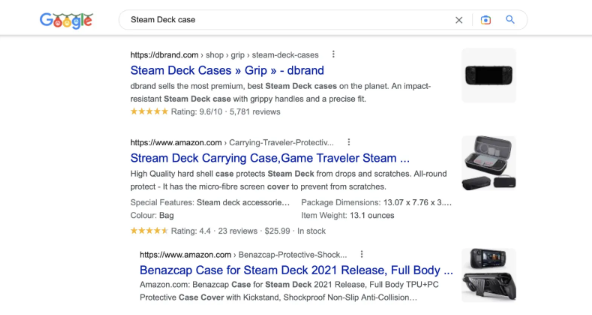
By optimizing for search engines, you’re not interrupting someone’s day – you are appearing right when they are looking for a solution that you provide. It’s meeting people in the middle.
You get high-intent traffic and climb up the search engine results pages, along with a slow-building organic traffic that doesn’t disappear when your ad budget does – especially when supported by consistent SEO maintenance.
Content Marketing
It could be blog posts, videos, or interactive tools – good content marketing educates and, more than that, earns trust. Your content marketing is your selling material, and if you sell solutions to people’s real problems, you will guide them throughout the customer’s journey as easily as breathing.
It also fuels other channels – search Engine Optimization, social media, and email marketing, to name a few – making it one of the most versatile channels for customer acquisition.
Email Marketing
I always say email is the underdog hero of acquisition. Others receive one well-timed email marketing message and decide in the moment – especially if that message aligns with where they are in the sales cycle. It is a cost-effective, high-ROI way to take leads through your customer acquisition funnel while establishing a personal connection.
Social Media (Organic)
Organic social media humanizes your brand. I mainly use it to show behind-the-scenes footage, real customer stories, and quick value bombs. It fosters community, builds authority, and, when partnered with user-generated content, can help you attract new followers who are more likely to buy from you because they trust the voice of your current customer more than an ad.
Referral Programs
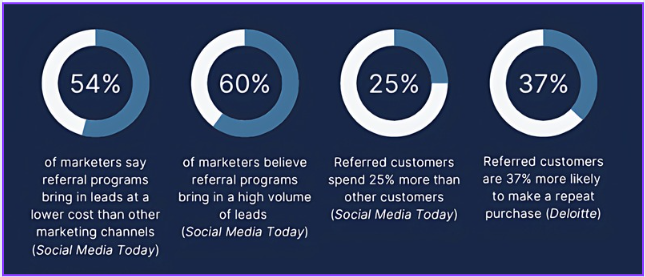
There is a trust that money can’t buy when a loyal customer endorses your product. A strong referral program rewards advocacy and helps maintain low customer acquisition costs by driving high-converting, qualified leads.
B. Paid Acquisition
I’m a big fan of pay-per-click ads for instant demand. These people are actively looking for what you sell – solution-aware and ready to buy. Just keep an eye on your CAC to ensure your acquisition efforts remain profitable.
Search Ads (PPC)

I love pay-per-click ads for capturing immediate demand. These are people actively searching for what you sell – solution-aware and ready to buy. A well-targeted search ad can shortcut the funnel and deliver instant ROI.
Social Ads
From Meta to LinkedIn, social media ads help you reach users based on interests, behaviors, and job titles. If you’re running brand awareness or retargeting campaigns, it’s all about matching your creative to the stage of the funnel and talking directly to your customer personas.
Display Ads
Display advertising is good for maintaining that top-of-mind awareness. I use it to warm potential customers who are already familiar with us and simply need more time before converting. It’s a great way to reconnect with mid-funnel traffic and direct them back into the buying decision.
Sponsorships & Influencer Marketing
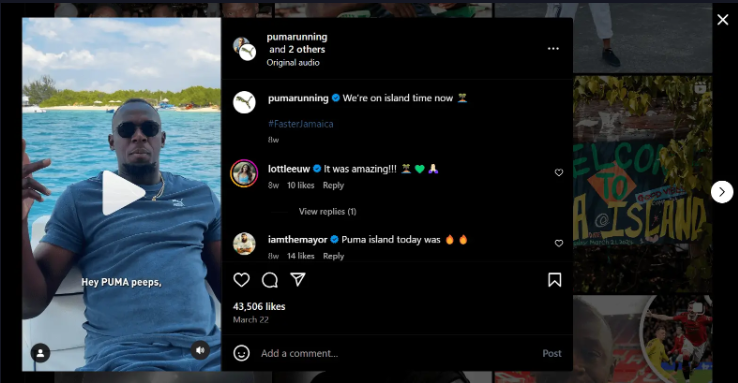
It is ideal for making connections with niche communities. By partnering with creators or sponsoring things that resonate, you borrow trust and tap into an already warmed-up audience, which is much easier to attract with your customers who care.
C. Product-Led Tactics
If you are into digital products, SaaS, or anything that can resonate with customers directly, this category can work wonders. I call it the “show, don’t sell” way of doing things – your product is your best salesman.
Freemium Products
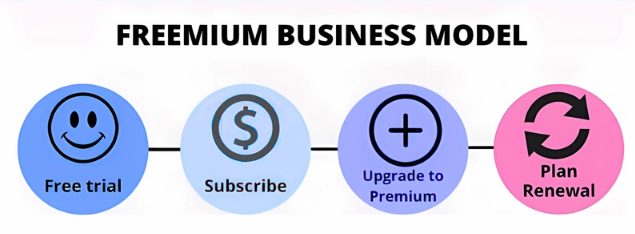
Providing free access to a section of your product reduces the barrier to entry and instills confidence. The minute people witness the value for themselves, turning them into paying customers is significantly faster – and more genuine.
Free Trials & Demos
Nothing beats letting someone take things for a test drive for higher-ticket items or tools that can be complex. It’s a way of minimising friction and helping people to feel the benefit before they’re committed.
Gated Tools & Resources
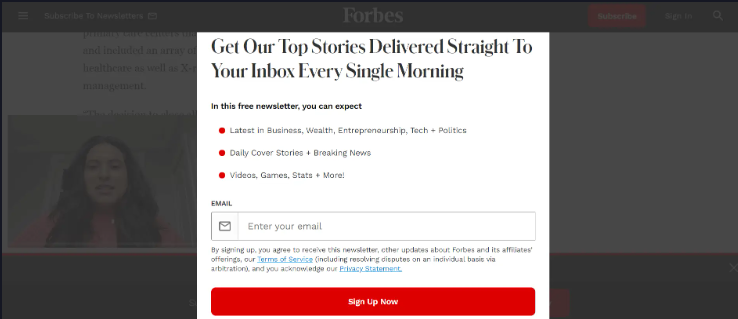
Templates, calculators, and resource kits are not just helpful – they convert. These assets serve as lead magnets that attract attention and draw potential customers further into your funnel.
Engineering as Marketing
This is one of the more creative methods of acquiring customers. Build a small tool to solve a niche pain point – like a cost estimator, checklist, or similar – and you’ll attract more than just traffic; you’ll build your brand as truly helpful.
D. Sales-Driven Channels
Sometimes, in B2B or high-consideration purchases, you need real conversations. These are more personal customer acquisition methods and can lead to higher-value deals.
Cold Outreach
Yep, it still works – if it’s done well. Personalized and relevant messages can cut through the noise. I don’t use a template; instead, I research the person, so I am offering something valuable right from the start.
Live Events, Webinars, & Trade Shows
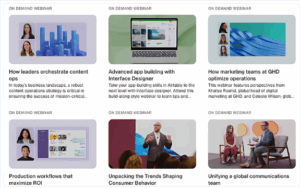
And when you’re really looking to connect and make a lasting impression, you just can’t beat face-to-face or live digital connection. These settings allow you to educate, engage, and earn trust in real time.
Partnerships & Alliances
I’m all for partnering with like-minded brands. Whether through a co-branded campaign, a compelling offering, or an affiliate relationship, these alliances enable you to reach new audiences without having to build them from the ground up.
My rule? Don’t try to be everywhere. Start with 2–3 acquisition channels that best suit your existing customers, budget, and offer. Test deliberately, measure results, and scale what works.
The key to successful customer acquisition methods is not doing everything – it’s doing the right things. Once you locate your sweet spot, you stop playing the guessing game and build a customer acquisition channel that can drive real, repeatable growth.
How to Prioritize and Test Your Channels
The first time I attempted to conceptualize my customer acquisition strategy, I felt smothered by the possibilities. Do I need to home in on social, double down on email, start doing paid? I didn’t get it until I learned the Bullseye Framework.
Start with the Bullseye Framework
The Bullseye Framework is surprisingly simple, yet so robust. List every possible acquisition channel, even the long shots. Then, arrange them into three rings:
- The Outer Ring is your ideation space – any mad ideas are welcome.
- The Middle Ring is the group of promising channels that you believe are worth testing.
- The Inner Ring is where you keep your top 2–3 bets. These are the best channels for aligning with your target audience, objectives, and resources.
This allowed me to stop chasing shiny objects and to instead concentrate on what could make a real difference.
Score Your Channels Strategically
I next rate each of them on a few high-level scored criteria:
- Reach: Approximately how many potential customers can I meet here?
- Customer Acquisition Cost (CAC): Is it efficient or expensive?
- Customer Fit: Are the leads from this channel really my ideal customer?
- Speed to Validate: How fast can I see if it works?
These are all things that help guide me in where I want to spend my time, energy, and budget, especially when I am in the early test stages.
Test Small Before Going All In
After I’ve selected a handful of channels, I try to keep the tests low-risk and simple. One email series, one $100 online ad, or one blog post can be plenty to validate traction. I’m not looking for the perfect solution – I’m looking for the signals.
Was the campaign successful in generating good leads? Was the engagement strong? Did it move the needle closer to real paying customers?
Measure What Matters
It’s easy to get caught up in flashy metrics – likes, clicks, views. Measure customer acquisition strategy to know what actually drives growth. I used to focus too much on surface-level numbers until I realized the real insights were buried deeper in the funnel.
Customer Acquisition Cost (CAC)

First things first: What does it cost you to acquire customers?
There are two versions I would like to look at:
- The simple CAC formula:
Total acquisition spend ÷ number of new customers acquired. - The full-cost CAC, which includes tools, salaries, and overhead, is tied to your acquisition marketing. This gives you a clearer picture of the actual cost behind your customer acquisition efforts.
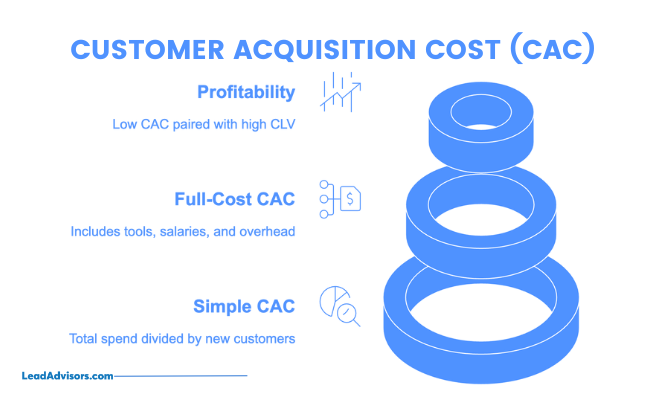
Keeping CAC low while maintaining quality is one of the best ways to improve profitability, especially when paired with high customer lifetime value.
Customer Lifetime Value (LTV)
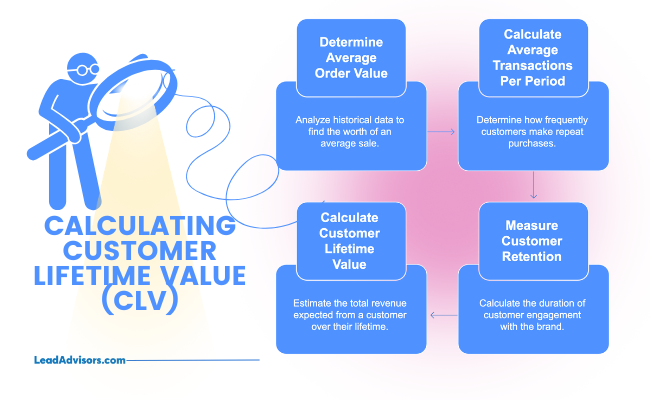
This brings us to long-term value (LTV), the metric that tells you how much revenue you should expect from a customer throughout their lifetime. It’s a robust KPI, and it only becomes more valuable when you break it down into customer personas.
Some audiences will become significantly more valuable over time, so it makes good economic sense to pay more to acquire them. Some may convert quickly but churn just as quickly. Understanding that difference lets you tailor your acquisition efforts to where they’re worth the most.
Conversion, Churn & Time-to-Value
Getting traffic is great. However, if they don’t convert or, worse, churn immediately, you are starting over. That’s why I don’t just track leads.
Here’s what I monitor:
Metric | What It Tells You |
Conversion Rates | Are your potential customers actually becoming paying customers? |
Churn Rate | Are you keeping them around, or are they bouncing after a short stay? |
Time-to-Value | How fast do they experience value from your product or service? |
The sooner people get to value, the more likely they are to stay put and become part of a robust customer base, which in turn fuels future growth.
When you measure the correct things, you can make smarter decisions, scale what works, and create a sustainable and practical approach to customer acquisition – often made easier through intentional business process improvement at key decision points.
Real-World Examples or Case Studies
The best way to understand a customer acquisition strategy that’s working well is to watch it in action. Here are three examples from real life that truly got me excited to mold my acquisition efforts.
Dropbox: The Power of Referral Programs
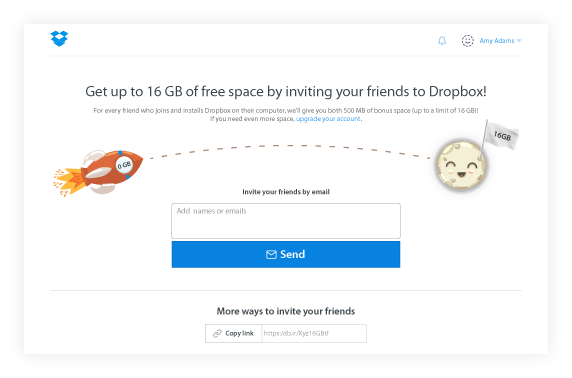
Dropbox didn’t spend itself out of its marketing budget early. Instead, it dug in with a fantastic referral program that offered users more storage if they invited friends.

It was effective because it leveraged trust and reward. The result? A 60% increase in new customers, all without increasing its customer acquisition cost. Now that I say it, it’s some smart, scalable thinking.
Canva: Product-Led Growth at Its Finest
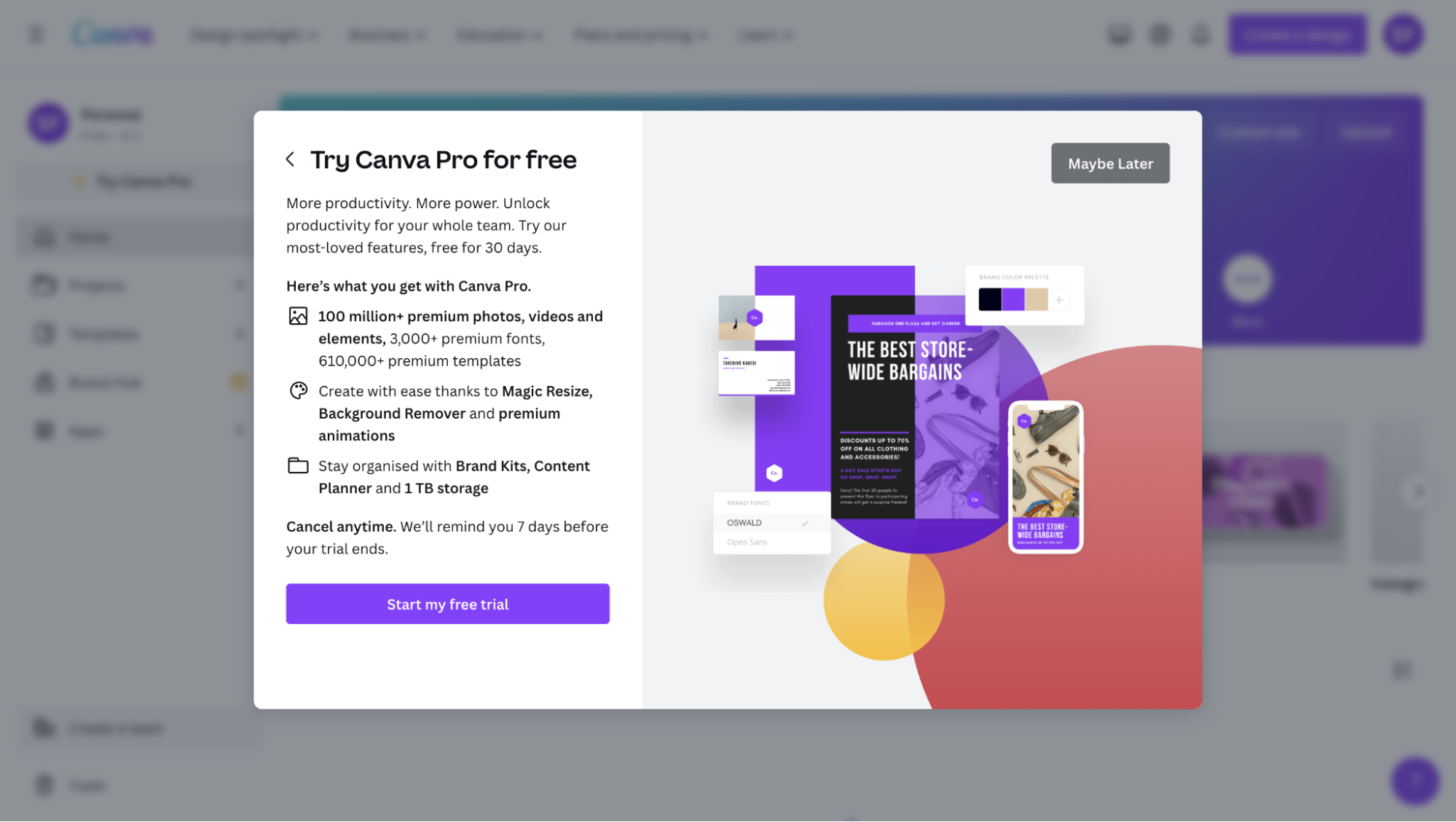
Canva is the king of product-led acquisition. Their free design tools draw thousands of potential customers each day. Once people taste the value the platform provides, upgrading to premium is a no-brainer.
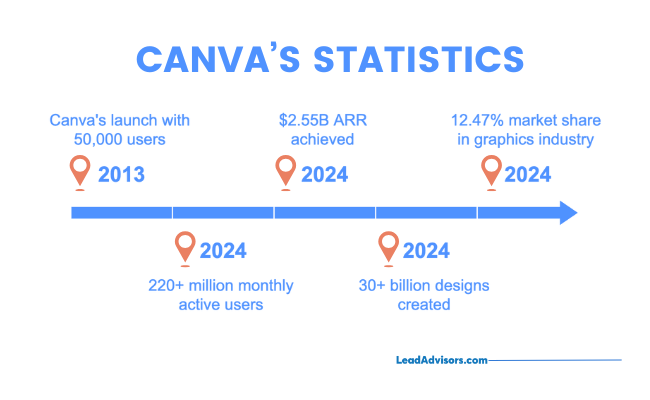
Canva brings users a remarkable time-to-value benefit and a quick win that turns users into customers without ‘hawking’ them.
Glossier: Community Through Content and Social Media
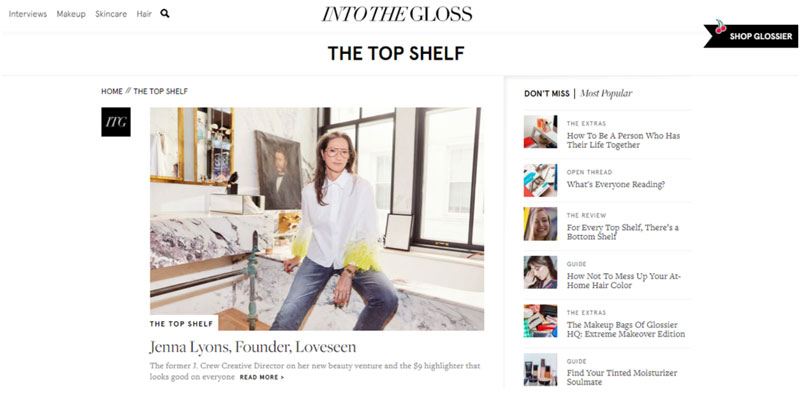
Glossier has attributed much of its rise to social media and user-generated content. Rather than invest big budgets in traditional ads, they motivated their fans to upload their real-life photos and experiences. That organic buzz sustained the take-up of existing customers and new ones while nurturing and building sentimental attachment and trust.

Whether that’s a referral program, a product-led strategy, or tapping into the community with content marketing, every brand here discovered the right customer acquisition plan for them and stuck to it hard. Anything is possible for you and your business!
That’s the takeaway: You do not need every channel or every tactic. What you need are the ones that actually match your brand and speak to your audience.
Frequently Asked Questions
What’s the difference between customer acquisition and customer retention?
How do I choose the right customer acquisition strategy for a small business?
How long does it take to see results from a new customer acquisition strategy?
Can I use the same acquisition strategy for all my products or services?
What’s a good CAC to LTV ratio in customer acquisition?
Conclusion
If there’s one thing I’ve found to be true, it’s this: an effective customer acquisition strategy is not about jumping on bandwagons or trying every channel out there. It’s about knowing your people – knowing them well – and being there when they need you most.
We’ve covered some of the core pillars, starting with building a great foundation and the customer journey, to how to choose acquisition channels, and how to measure what really makes an impact. Be it content marketing, experimenting with a referral program, or optimizing email marketing flows, it all boils down to being purposeful.
Again, the smartest growth is not based on trial and error. It grows from experimenting small, measuring honestly, and heaping more of what works upon what works – over and over. That’s how you create a scalable customer acquisition process that’s not only about acquisition – it’s also about conversion and customer retention.

